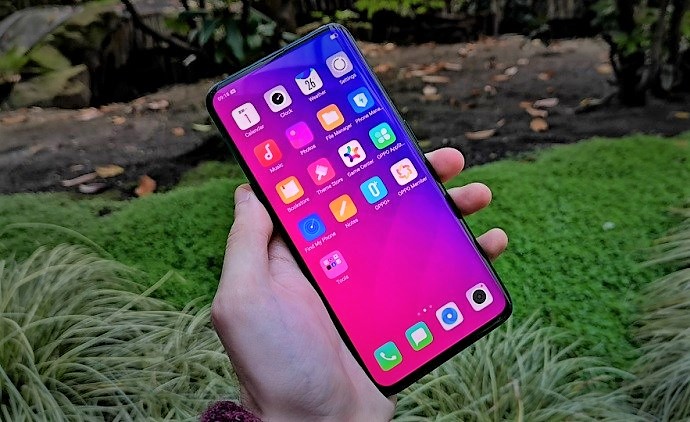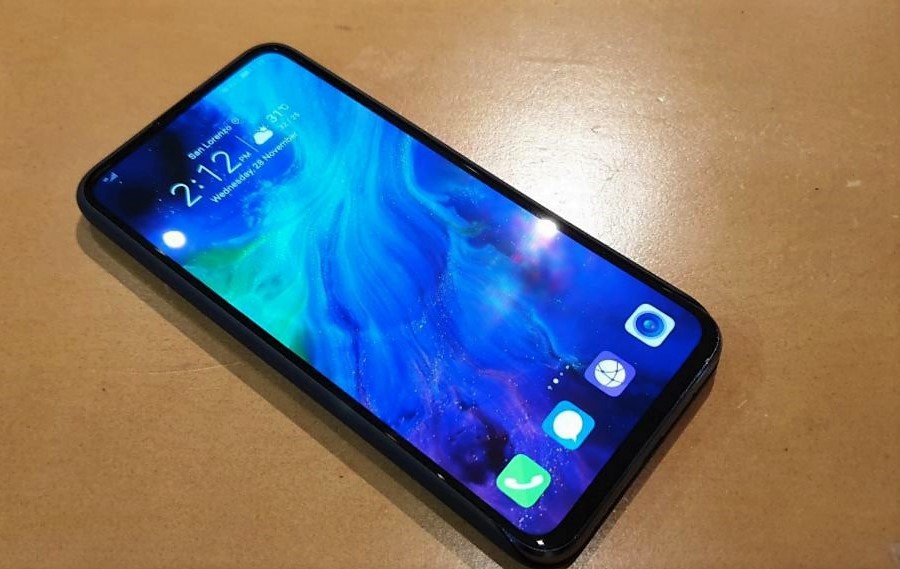
The Vivo NEX lineup has been opposed to notches from the very beginning and originates the pop-up selfie camera to be the faultless resolution for the same. Well, the company is still following similar ideas and taking things a ‘notch’ further with the presentation of the Vivo NEX Dual Display Edition.
Vivo NEX Dual-Display Edition: Price and Availability
This new variant of the Vivo NEX comes only in a single 10GB+128GB configuration and has been priced at 4,998 yuan, which unevenly translates to Rs 52,000. It comes in 2 dissimilar colors, namely Polar Blue and Nebula Purple.
The Vivo NEX Dual Display Edition is arranged to go on sale from December 29, just in time for New Year’s, in China but there’s no word on worldwide handiness yet. The innovative Vivo NEX did find its way to India earlier this year, so we are confident that the company could bring it to the country next year.
Vivo NEX Dual Display Edition: Features
The Vivo NEX Dual Display Version comes as a noteworthy step up over its predecessor, so let’s take a look at what all it has to offer:
Dual Displays

As the name previously implies, this device has taken the Nubia route to steer clear of not only the notch but also the mechanical camera with the addition of two displays.
The Vivo NEX Dual Display Edition now packs a 6.39-inch Full-HD+ Super AMOLED display on the front, with tiny bezels, a display determination of 2340 × 1080 pixels, and a 91.63 percent screen-to-body ratio. There’s an alike 5.49-inch Full-HD+ display on the rear, but with enormous bezels in 2018, and these two displays play well with each other, thanks to the dual-display multitasking feature.
Using this feature, you could be watching a movie on the front screen and have your texting session on the back, or any number of such combinations.
Another gimmicky feature exposed off on stage is the use of the secondary display as a rear TouchPad. You could use the Magic case to display quotes or Mood Gestures to send messages to your lover, who can read it on the second display.
Triple Cameras

Moving on the camera section, you can previously tell that there’s no selfie camera on board and only a three-sensor arrangement on the rear – which when coupled with the rear display will fulfill the duties of a selfie camera as well. There’s a 12MP dual-pixel primary sensor (with 4-axis OIS), backed by a 2-MP secondary sensor (night video camera), and time of flight (TOF) 3D module obtainable on here.
Apart from the display, the cameras are additional highlight of the smartphone and it has brought a ton of features in tow. You get Mirror Mode, which permits not only the person clicking a picture but also the person on the other side to see the similarities in real-time. The company also touted of a low-light video and super night mode feature on the step but we will require to test those out to know better.
The TOF camera not only permits the users to unlock the smartphone via the 3D Face Access feature in under 0.35 seconds by taking into account 300,000 nodal points. The camera, which is also seen on Oppo R17 Pro, comes inaccessible for clicking better low-light photos and adding a measurement to your life via 3D object-scanning competences.
Lunar Ring

Another highlight of the Vivo NEX Dual Display Edition is the much-rumored lunar ring. It combines 16 hidden RGB LED lights and lenient light to brighten up portrait shots and use the diffusion lighting upshot of the Lunar Ring.
The RGB-lit lunar ring around the camera segment would also come handy to indicate when the phone’s charging, the Jovi voice assistant is in use, incoming calls and announcements. It can even dance along to your tunes, as shown below.
Vivo NEX Dual Display Edition: Specifications
| Dimensions | 157.18×75.36×8.09mm |
| Primary Display | 6.39-inch Full-HD+ AMOLED, 2340×1080p |
| Secondary Display | 5.49-inch Full-HD+ AMOLED, 1920×1080 |
| Processor | Snapdragon 845 |
| GPU | Adreno 630 |
| RAM | 10GB |
| Storage | 128GB |
| Rear Cameras | 12MP + 2MP + TOF |
| Front Cameras | N.A |
| Operating System | Funtouch OS 4.5 |
| Battery | 3,500mAh |
| Connectivity | dual VoLTE, GPS, A-GPS, GLONASS, BeiDoU, USB Type-C |
| Sensors | in-display fingerprint sensor |
Finally, the Vivo NEX Dual Display Edition is power-driven by the Snapdragon 845 chipset and features 10GB RAM and 128GB of internal storing. The device runs FunTouch OS 4.5 and packs a modest 3,500mAh battery.
There’s a fifth-gen in-display fingerprint sensor on board and Vivo boasts of unlocking speed of about 0.29 seconds, which is faster than OnePlus 6T.
Vivo attempts to be at the forefront of invention and the Vivo NEX Dual Display Edition is another instance of the company’s dedication to break the mold and think out of the box.
You maybe think that two displays are nothing new, but Vivo has taken the execution to greater heights by adding more features, including a few gimmicky ones. The camera improvements to make this device look tempting. But all of that is on paper and we don’t distinguish whether this phone is actually worth your courtesy.






